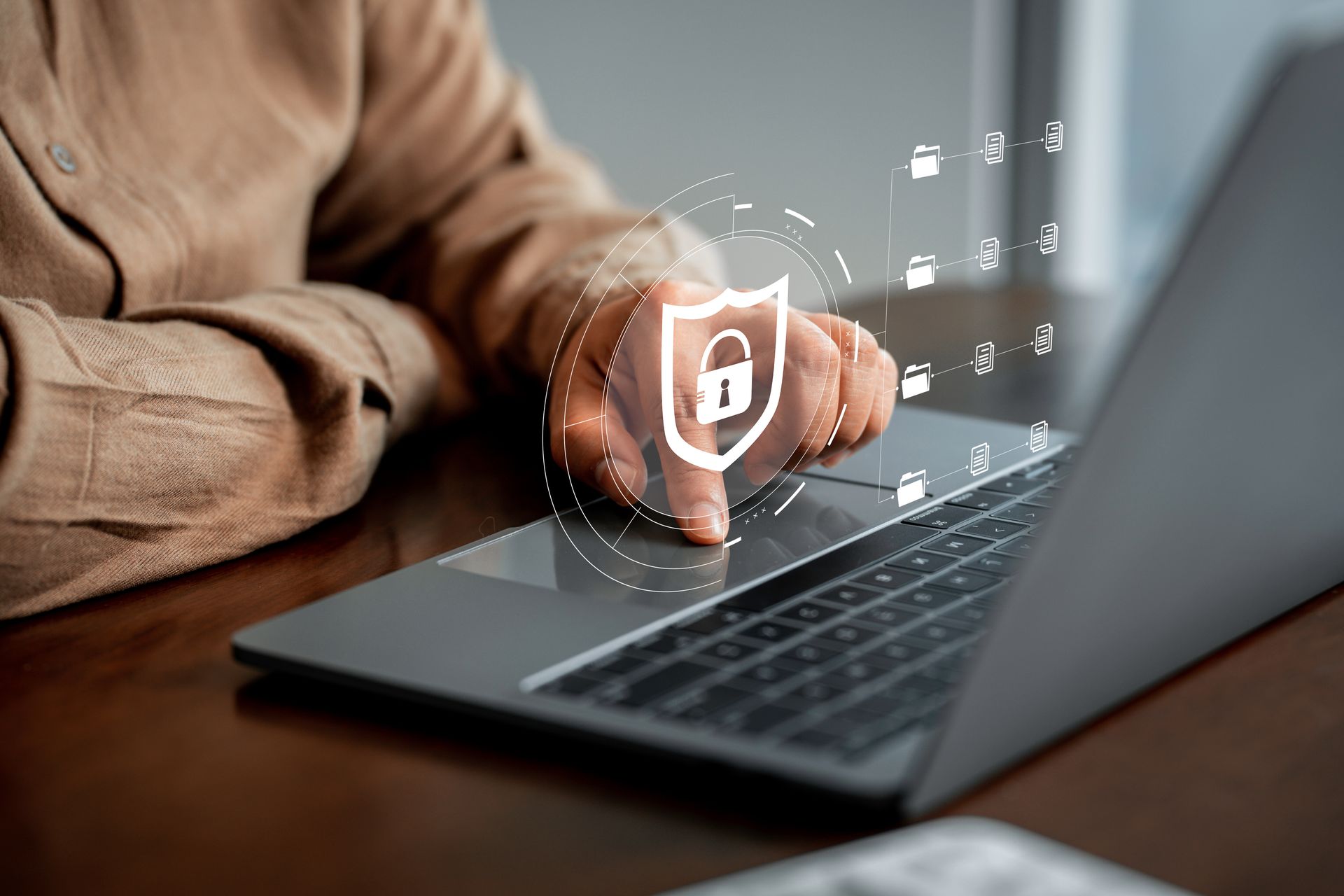How To Switch Up Your Work From Home Experience
For many switching over to working from home has been a pretty big transition. When you are working remotely your day make look different than how it was when you worked in the office. There can be a lot involved in order to feel comfortable working from home. Sometimes you may need to change up your routine in order to find your groove and find what works for you when you are at home. To help keep productive while working from home sometimes it’s useful to try out a few new things. Here are some helpful tips on how to switch up your work from home experience.
Freshen Up Your Space… Decorate It!
Sometimes we need a change of scenery. Making some changes to the space you are working from at home could help inspire and motivate you during your work day. Take some time to think about how you’d like to freshen up your workspace at home. Maybe purchase a new chair for your desk. Frame some photos and add them to your space. Decorate your space with plants – succulents are a great choice, they are low maintenance and can help liven up a room. Take it a step further and repurpose an old piece of furniture and turn it into something new to help organize papers and office supplies.
Try Journaling
As you start your day, in the morning – have a journal handy and write down your thoughts and feelings about a project or task your need to complete that day. Or write about your goals for the next day or for the week, or both! You can also journal about life goals or what you are grateful for each day. Journaling can help keep you motivated and focused on projects and daily tasks.
Chat With Your Co-Workers
Keep communication going with your co-workers by starting a chat that is designated only for off-topic chatting. Kind of like how you would have small chats with your team members at the office. This would be separate online chat where co-workers can share about what is happening in their life, share about their pets, food, cooking, tv shows etc.
Listen To Music
Put together a few different playlists that each have a different theme of music. You can match the music to the type of project you are working on. Create your own soundtrack. Maybe share your playlist with a co-worker too!
Try A Standing Desk
When you are at home and sitting all day, you’re not getting much activity. With a standing desk you can work while standing and keep your body moving. Some standing desks give you the opportunity to do both; sit at a desk and stand at it. Moreover, you can alternate through out the day with sitting and standing while you work.
Get Dressed
Treat the day like how you will be at the office. Even though you are at home and it is so tempting to work all day in your pajamas – there really is something to getting dressed for the day even if you are going to be at home. Getting dressed may give you a mental boost and help keep you on track for the rest of the day. It can help you feel mentally and physically prepared as you get ready to take on the day.
Make Time For Stretching
When you are working from home it is easy to keep working at your computer and before you know it hours upon hours have gone by and you still have not gotten up from your desk. It’s important to make time to stand up and stretch. Sitting at your desk for a long period time can cause your body to feel stiff. Take the time to do some stretches through out the day. Your body will thank you for this.
We hope you find these tips helpful and that they provide you with some inspiration on how to be productive while working from home. Switching things up and making a few small changes to your day can help create a successful work from home routine.
The post How To Switch Up Your Work From Home Experience appeared first on SDTEK | San Diego, CA.



